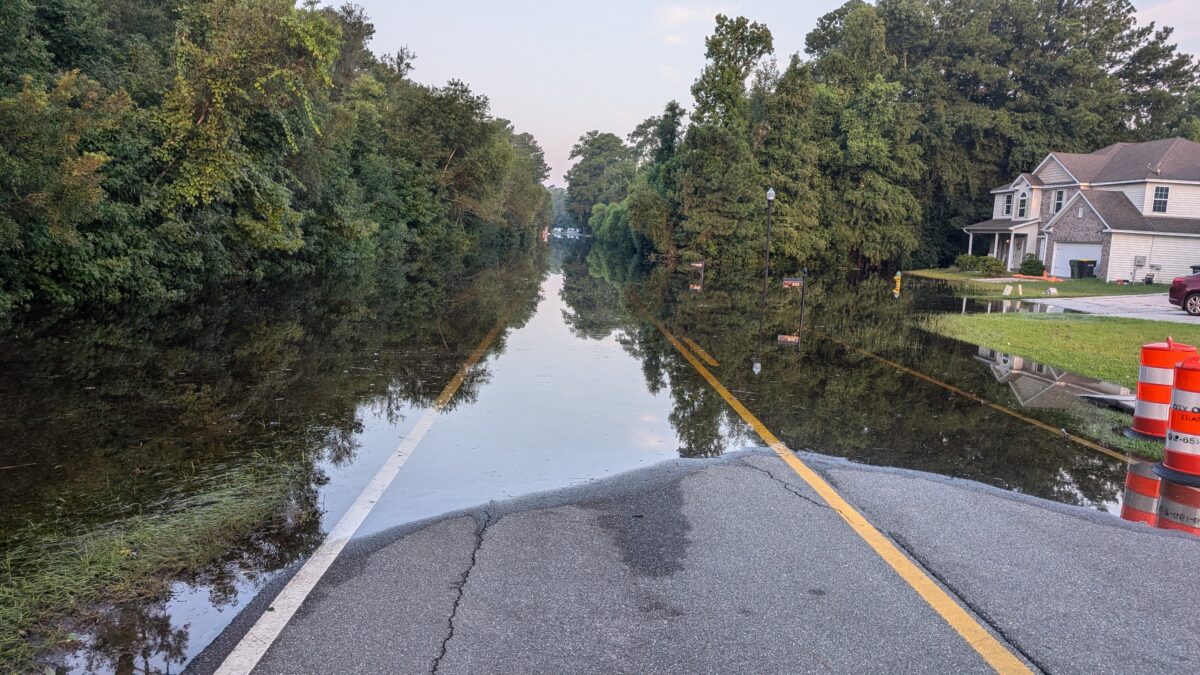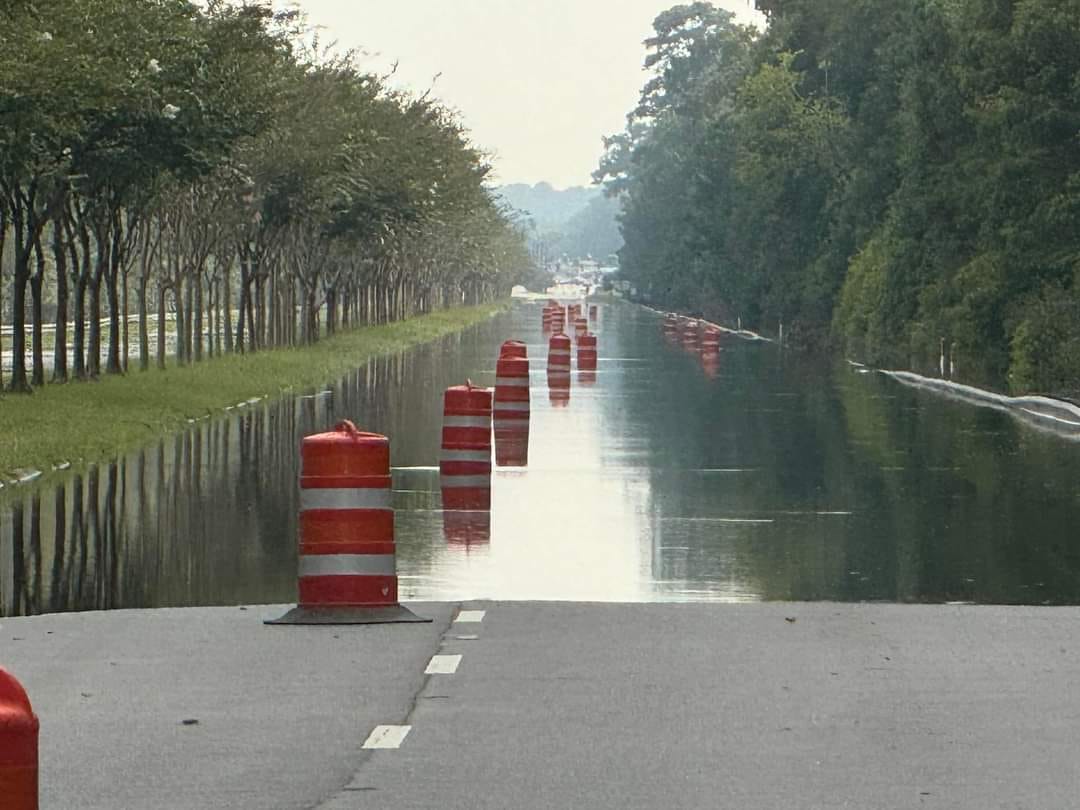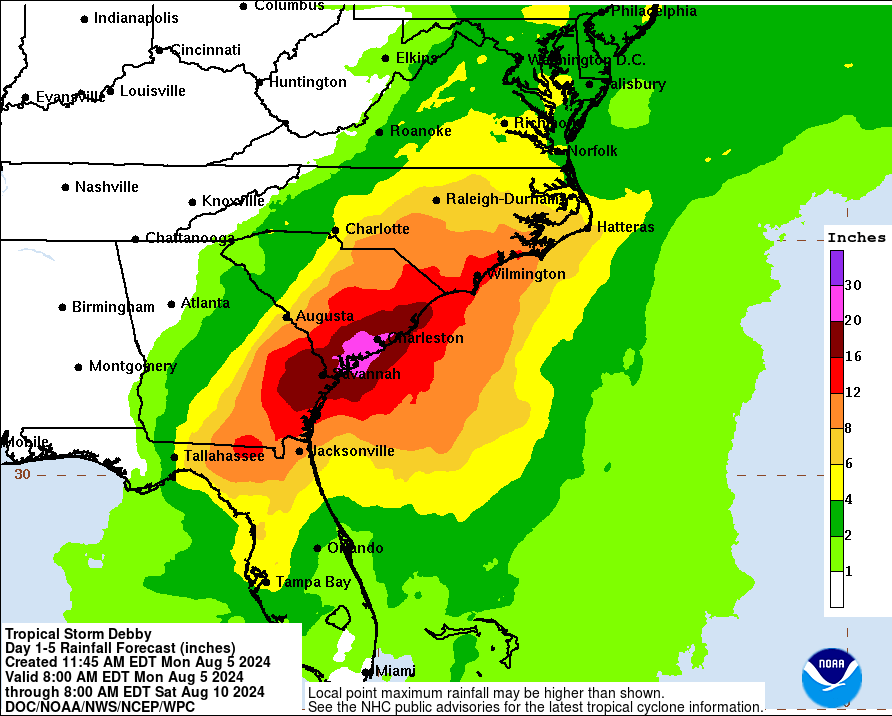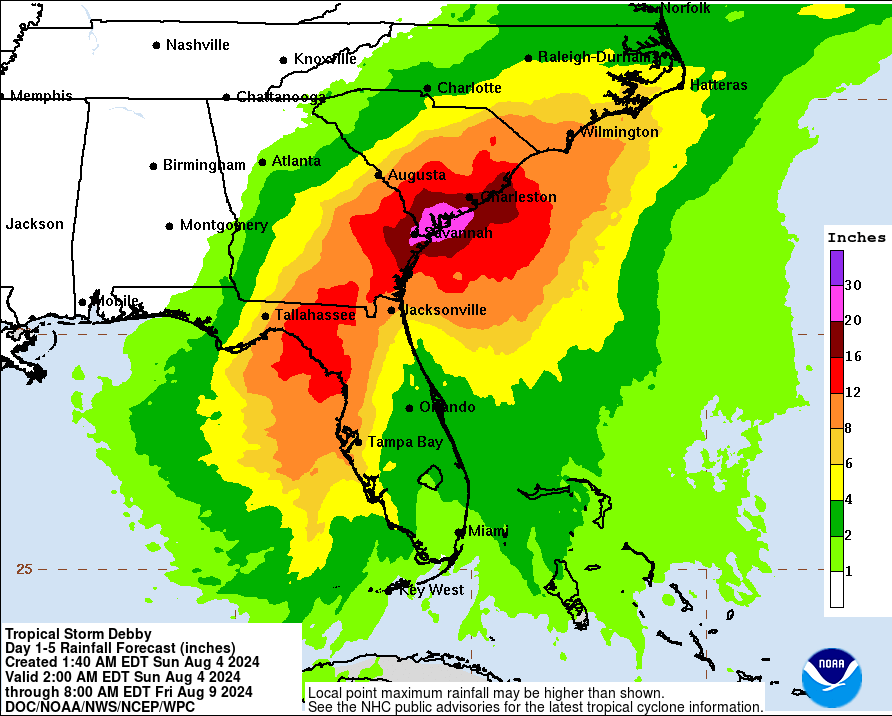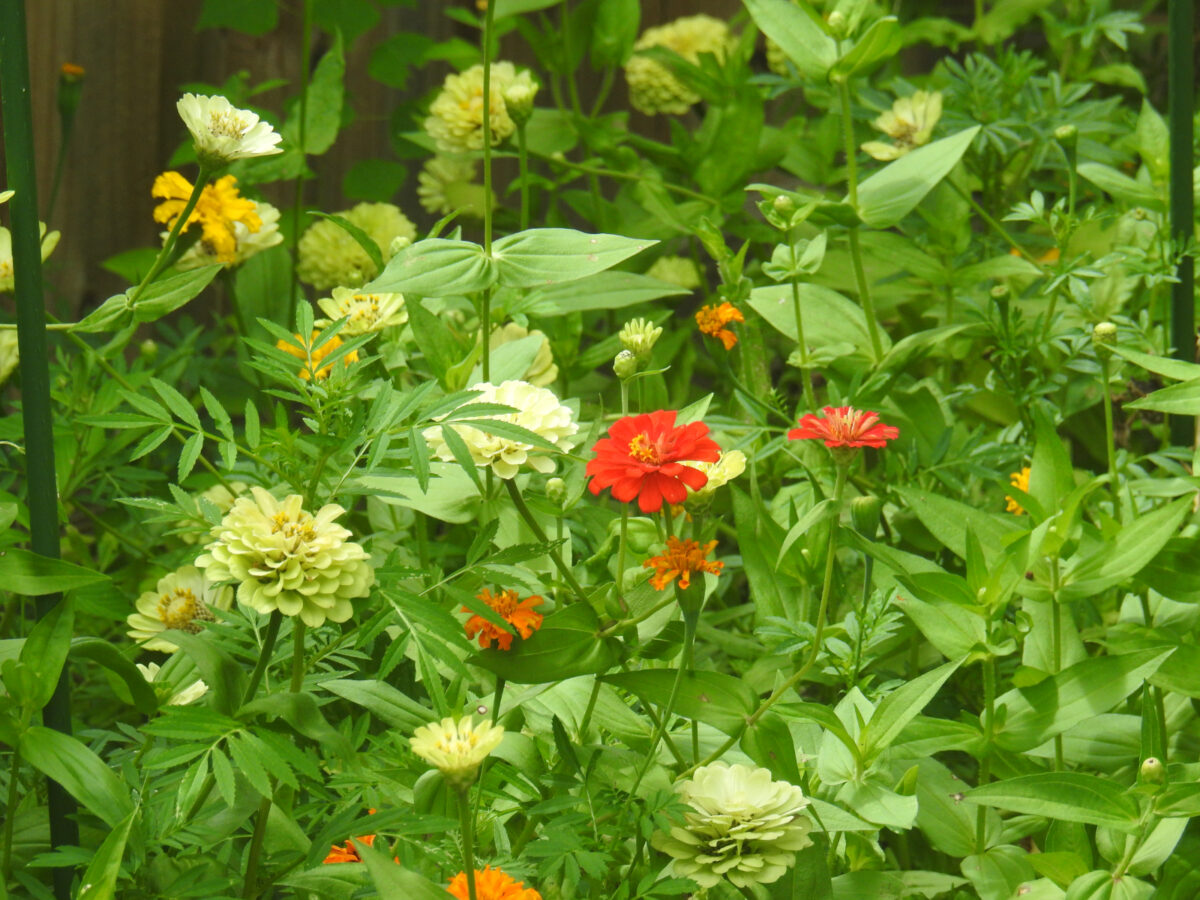This morning, at the crack of dawn, I braved the heat and humidity to walk down to see the flooding on Chief of Love Road. A police car blocked one lane into the road, but folks could get around it to reach the non-flooded homes. However, cars were parked over the sidewalks in order to […]
